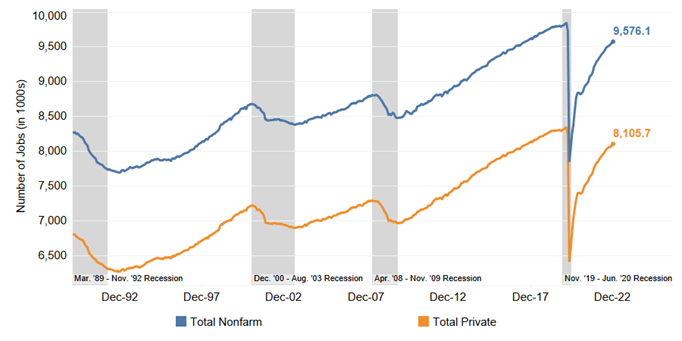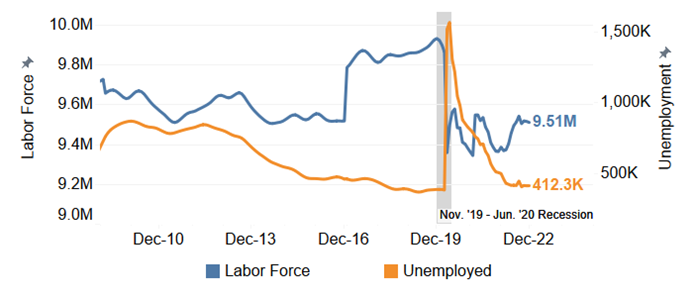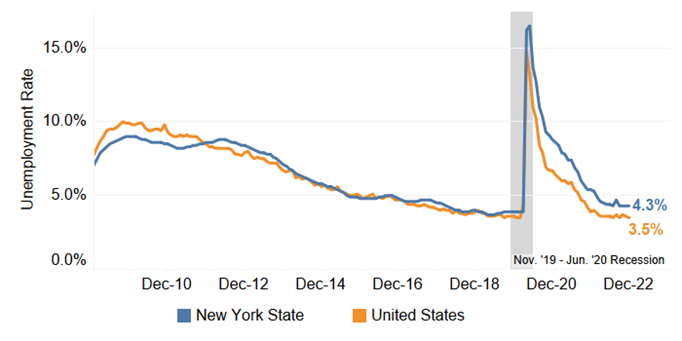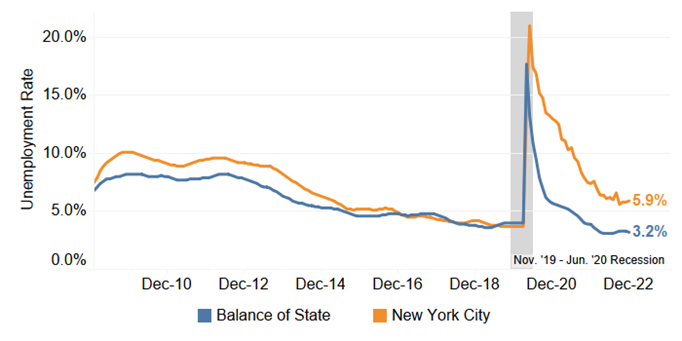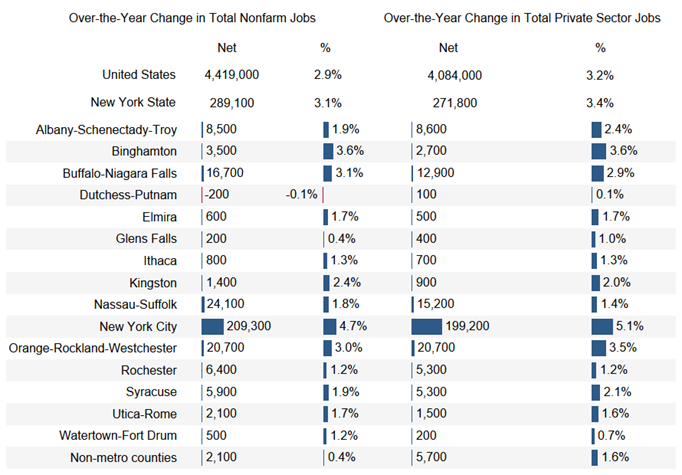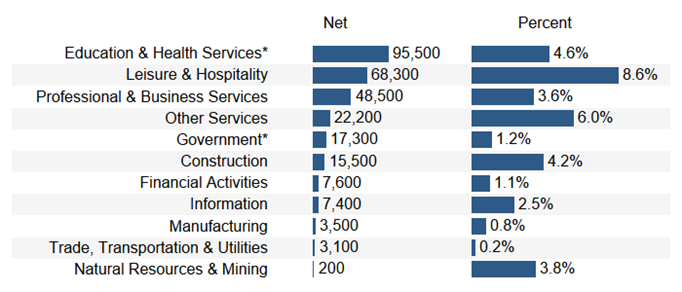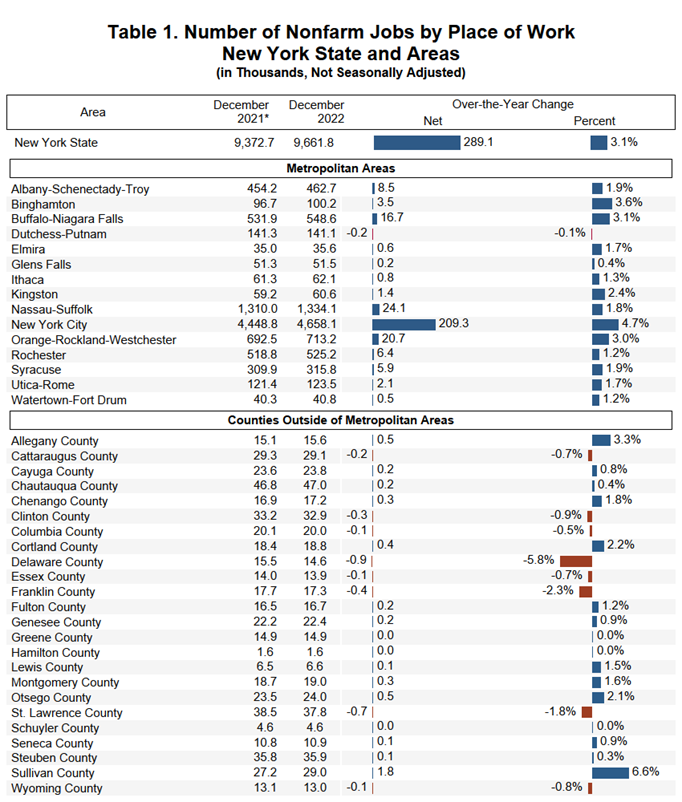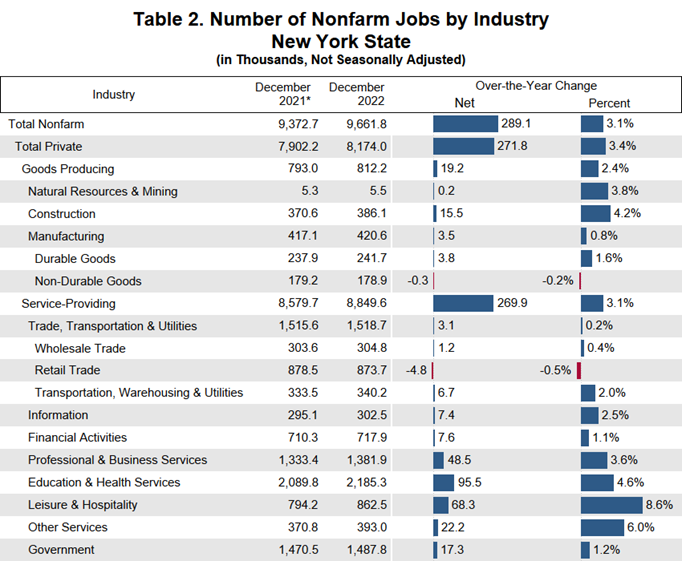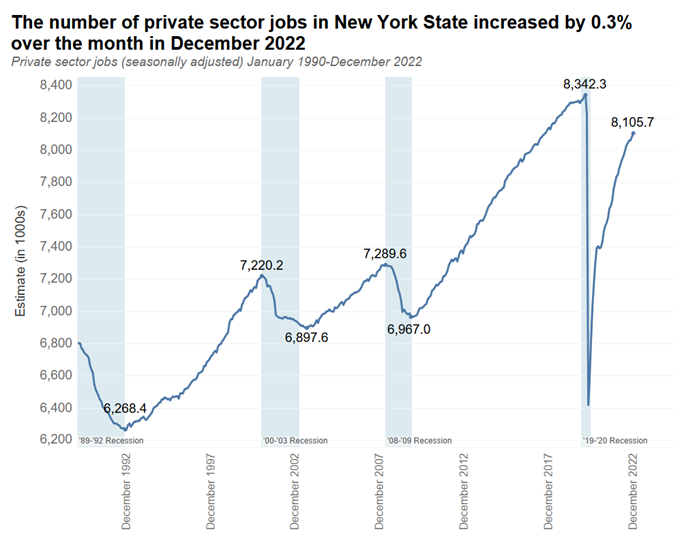New York City Public Advocate Jumaane D. Williams was joined by fellow elected officials and immigration advocacy organizations to demand additional resources and funding to support asylum seekers. The Public Advocate also called on fellow New Yorkers to oppose rhetoric or reactions meant to divide and otherize asylum seekers from other communities in the city.
As tens of thousands of people seeking asylum come to New York City, the city has provided shelter, food, and other critical support – costing up to an estimated two billion dollars. To meet this massive humanitarian and financial need, the Public Advocate and others are calling for: additional funding from both the state and federal government; cooperation from other cities state and nationwide to accept asylum seekers; and work permit authorization. These additional resources and funding can help to alleviate the fiscal and infrastructural strain on New York City, and also aid our newest New Yorkers in creating homes here and across the state.
“I’m grateful for so many New Yorkers who have stepped up to the plate during our time of need in support of their newest neighbors. I’ve been amazed by the generosity, creativity, and love in this city,” said Public Advocate Jumaane D. Williams. “At the same time, we can’t do this alone. We need federal and state funding, and infrastructural support from Albany and Washington to ensure that other municipalities across the state and nation are partners in this effort to provide aid and opportunity.”
New York City has welcomed immigrants for over four hundred years, and has a moral and legal duty to offer protection to those fleeing persecution, violence, and danger. New Yorkers know that a strong and safe city is built upon unity, trust, and empathy. It is incumbent on us all to unify in support of the people at the center of this urgent crisis, and oppose efforts to pit struggling communities against one another.
“It’s vital that we all come together to support the newest New Yorkers, asylum seekers who are at once fleeing and facing a crisis. We have to actively choose to unite those who are suffering, not allow the adoption of an “us or them” mindset with our newest and aspiring New Yorkers,” continued Public Advocate Williams. “Justice, equity, and support are not “either-or” propositions. The movement is strongest when all who have seen injustice in our systems stand by and for one another, rather than sowing division among people most marginalized, we must all grow the movement together, rooted in compassion and conviction. We can stand together to meet this moment, welcome in our newest New Yorkers, and then work on the longstanding injustices we know have persisted across our city."
Immigration advocacy groups and fellow elected officials joined the Public Advocate in his calls for funding, support, and unity.
“New York City is proud to be a safe haven for people seeking asylum, but the state and federal government must step up to fulfill their obligations. We’re standing united today to amplify that need for funding, and our shared commitment to welcoming new neighbors. There will always be room for newcomers in this city,” said Comptroller Brad Lander.
“As of this week, our City has welcomed over 40,000 asylum seekers. People from all over the world fleeing violence and economic hardship have come to our City seeking a better life and now is the moment to meet them with compassion, not to stoke division and hate,” said Immigration Committee Chair, Council Member Shahana Hanif. “New York has been a welcoming home for all immigrants for centuries and we are not about to abandon that mantle. I join the call of so many advocates and elected officials for help and funding from the federal and state government, but I am also committed to ensuring our City is able to take in every asylum seeker that enters into the five boroughs.”
"For us, this is not a new moment of crisis, as Black folks have been dealing with the same struggles of organized abandonment by the government for generations. When we hear that there is no room in this City and NY cannot accept more migrants, we know this is unfair and not true as thousands of vacant warehouses, buildings and apartments have and continue to remain empty and untouched," said Melissa Johnson, BAJI NY Organizer. "We need the city, state, and federal governments to divest from policing and caging and invest in housing, healthcare, and food for all, regardless of citizenship or migrant status."
"Everyone—including people who have recently arrived here—deserves to have their basic needs met so that they are free to thrive in their chosen communities. The federal government and the state must provide funding to offer stability for both asylum seekers who are seeking refuge at great personal risk, as well as the Black and Brown New Yorkers who have suffered the consequences of funding cuts to vital services for far too long," said Carl Hamad-Lipscombe, Executive Director of Envision Freedom Fund.
"Scapegoating and blaming immigrants for the unnecessary austerity measures in the budget is shameful. The way to rebuild our economy isn't with scarcity and austerity, but by providing for and investing in the future of all New Yorkers, no matter how long they've been here. The Mayor, along with the NYC Council, must include funding and services for all immigrants and New Yorkers, including recent arrivals and asylum seekers in the final budget,” said Theodore A. Moore, Vice President of Policy & Programs, New York Immigration Coalition.
“We will continue to stand by our brothers and sisters who are discriminated against because of their race and country of origin. Deporting someone back to a country they fled is inhumane. I will continue to fight against injustices and demand that we as a people create a safe place by providing aid to everyone seeking asylum. The federal government has the power to make 2023 the year of positive change for immigrants NOW!” said Janay Cauthen, Executive Director of Families For Freedom.
“Welcoming immigrants is part of the very fabric of our city. It has made this city strong, diverse, and successful–and it will continue to do so,” said Deysi Flores, Lead Organizer at Make the Road New York. “As we call for additional federal resources and work together to meet the needs of asylum-seekers and all New Yorkers, our leaders must do everything in their power to welcome new arrivals—and avoid divisive language that harms immigrants and asylum-seekers.”
“While we condemn the racist and anti-immigrant tactics being used to send asylum seekers here, New York City immigrants and non-profits stand strong in welcoming all asylum seekers with open arms. All asylum seekers deserve to be treated with respect and dignity and deserve the right to resources and services such as sustainable housing, language access, religiously appropriate food, and clothes. We urge the city, state, and federal government to work hand in hand with community based organizations, and mutual aid groups to efficiently and effectively tend to the needs of asylum seekers to get the job done the right way. We live in the greatest city in the world, and certainly can tackle any adversity with unity,” said Salim Drammeh, President of the Gambian Youth Organization.
“Asylum seekers arriving here are no different than all other New Yorkers, and our families that traveled here ten, fifty, or a hundred years ago: they want to live without fear and have the opportunity to support their families and loved ones. The diversity of our immigrant communities is core to our values, and supporting those traveling here for a better life is a recognition of this inherent strength of our city and country,” said Council Member Jennifer Gutiérrez. “I'm proud to stand with Public Advocate Williams in asking the federal government to support people facing a humanitarian crisis and enable other cities to welcome our new neighbors alongside New York City.”

